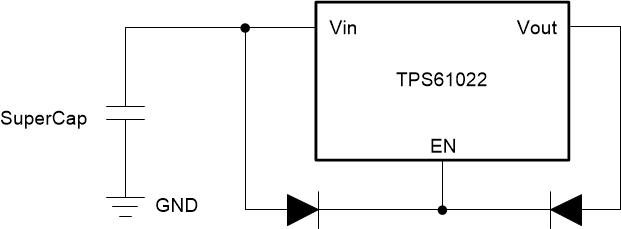Other Parts Discussed in Thread: TPS61023, TPS61021A
Hello,
I have selected the TPS61022 for some application due to its low input voltage capability of 0.5V. However, there is an enable pin that requires about 1.2V so that the device can operate.
is there some solution for that? May be if you please can suggest some other part with very low input voltage and without/with very low enable voltage? I have tried to find one but unable till now.
It would be perfect if it has a spice model that can be simulated using TINA or an unencrypted spice model.
Thank you very much.
Regards,Amr



